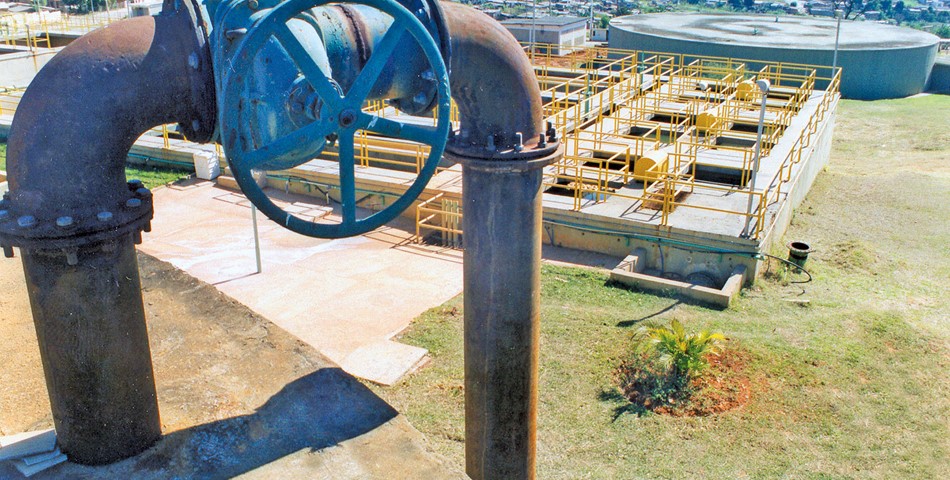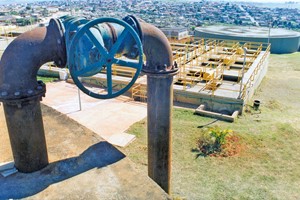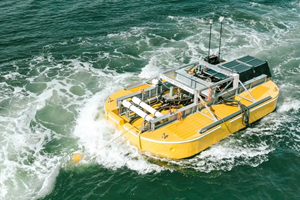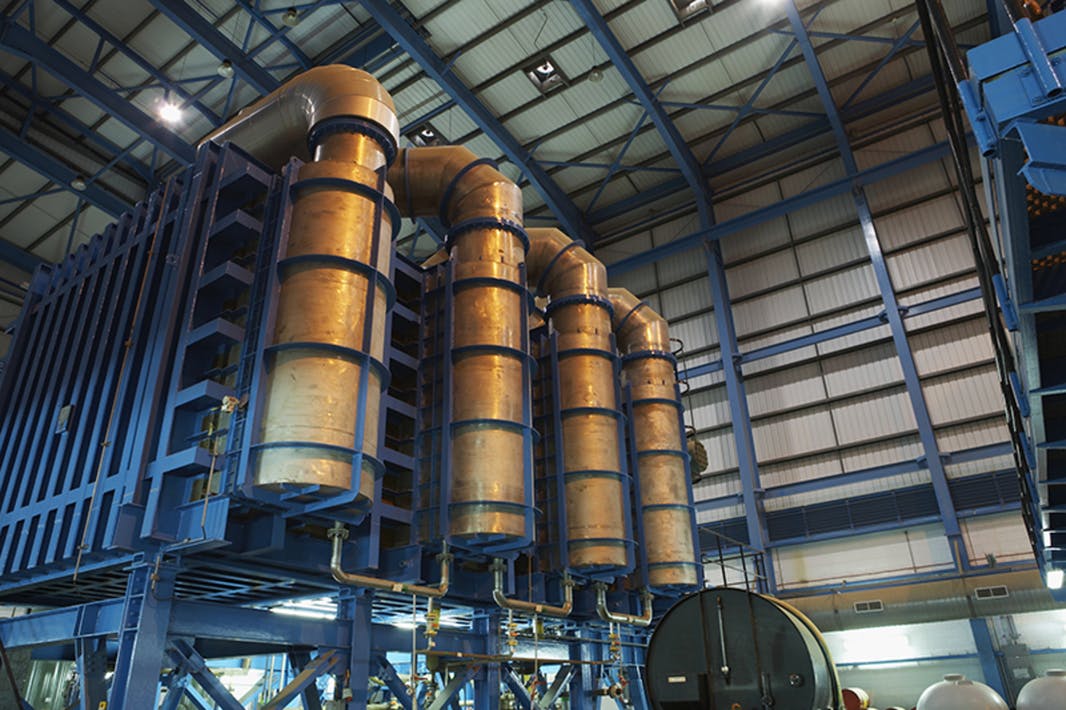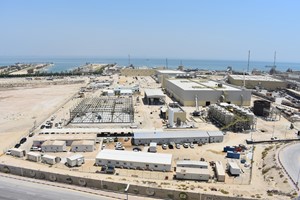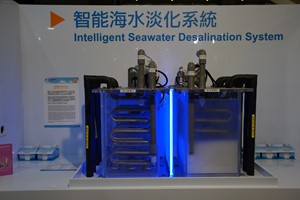Cornell engineers have refined a model that not only cultivates green energy, but also desalinates ocean water for large, drought-stricken coastal populations.
By pumping seawater to a mountaintop reservoir and then employing gravity to send the salty water down to a co-located hydropower plant and a reverse osmosis desalination facility, science can satisfy the energy and hydration needs of coastal cities with one system.
"With our growing population, there are increasing energy demands and mounting freshwater needs," said Maha Haji, assistant professor in the Sibley School of Mechanical and Aerospace Engineering, in Cornell Engineering.
Haji and Matthew Haefner, a doctoral student in systems engineering, are co-authors of "Integrated Pumped Hydro Reverse Osmosis System Optimization Featuring Surrogate Model Development in Reverse Osmosis Modeling," which was published in Applied Energy.
The Integrated Pumped Hydro Reverse Osmosis System (IPHROS) is a two-system model "where energy storage and freshwater production are coupled in a symbiotic way," Haji said. "The reservoir storage will allow coastal communities to tap into renewable energy for their electric grid and potable water production. The reverse osmosis portion of this model adds flexibility to the system."
In places such as Southern California, where droughts are familiar and fresh water is needed for agriculture, seawater can be a viable solution.
After the ocean water is pumped (using renewable electricity) to the mountaintop reservoir and runs down to the hydropower plant and community-scale desalination system, the concentrated leftover brine—from desalination—would meet up and become diluted with the fallen ocean water and conveyed back out to sea, away from the coast.
Haji and Haefner estimate that with optimal model designs, a large system can supply 79.5 million kilowatt-hours of electricity and 5.79 million cubic meters of fresh water per day (roughly serving the daily needs of about 661,000 homes), according to the researchers.
The IPHRO system can help reduce capital investment in building costs, lower maintenance overhead, and bring about a natural way to dilute the highly saline discharge following reverse osmosis, Haefner said.
"We're seeing an increase in droughts around the world, and there are regions of the world that naturally just don't have access to clean drinking water," Haefner said.
"We're also draining aquifers pretty qwateruickly, so even in regions that are historically water secure, they are becoming less secure due to factors such as increased urbanization and the effects of global warming."
Pumped storage hydropower (PSH)—the idea of an upper reservoir supplying a lower reservoir for creating energy—is not a new concept. In fact, there are 43 PSH plants in the United States, with a total capacity of 21.9 gigawatts and nearly 553-gigawatt hours of energy storage as of 2021, representing 93% of all utility-scale domestic energy storage capacity, according to the U.S. Department of Energy (DOE).
This kind of hydropower is flexible enough to balance electricity supply and demand for regional grids, the DOE said. It can provide enough energy to meet high load demands.
This paper credits Alexander Slocum, a professor of mechanical engineering at the Massachusetts Institute of Technology, for introducing the IPHROS concept in 2016. Haji was a co-author of that work; this research extends the concept by offering detailed mathematical modeling, as well as presenting a framework for optimizing the design and operation to maximize freshwater and energy production.
"Going forward, we're just going to be more pressed for energy and water needs," Haji said. "Those ideas are inherently tied together, and we think IPHROS—bringing clean energy and fresh water together—is a solution we can have in the toolbox for tackling that problem."




